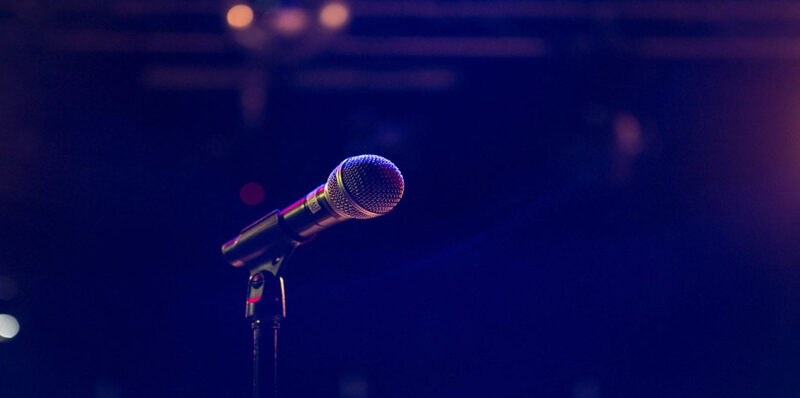We have all been in situations where our preparation, experience, and confidence has failed us. Meeting new people at a social gathering, making a presentation, attending a job interview, or even delivering negative feedback to your team are all what behavioural scientists call social threat situations. Such moments of terror lead to performance anxiety, where feeling judged by others can put your body in a flight-freeze-fight mode and make you lose control over how you act.
In the performing arts like theatre, where there are no second chances, performers train to manage this fear. Even the most seasoned performer may feel butterflies in their stomach as they wait for the curtains to rise. To ensure they deliver a good performance, they train and build rituals to mitigate the panic response.
Here are some lessons from the rituals backstage we can bring into our workplaces:
Tune in.
A violinist always checks whether the instrument is tuned correctly before playing any notes. The human body is an instrument too. Performance anxiety manifests in physiological ways. In that moment, the brain sends hormones like adrenaline and cortisol racing through our system which results in warning signals like short breath, cold hands and feet, paling or flushing (color), increased heart rate and constriction in the throat or shoulders. When in that physiological state, the human instrument is not in a condition to perform flawless music. At this point there are two things you can do:
Observe yourself: Be aware of the pace and strength of your breath, the feeling in your palms and feet, any contraction in your body. This awareness gives you a bird’s-eye view of your own performance. Tuning in also helps you know later whether you have landed your message or not.
Connect to your purpose: Why are you doing this talk/interview/presentation? You might want to do an interview to explore a job opportunity, or a presentation to show your client who you are and why that is good for them. In a client meeting that I was very nervous about, connecting to purpose helped me decide to ask questions and listen a lot more than I spoke, which worked like a charm! “The actor has to develop his body. The actor has to work on his voice. But the most important thing the actor has to work on is his mind,” said Stella Adler
Reset the pitch.
Any instrument needs to play at the appropriate pitch to sound melodious. The process of resetting the pitch of the human instrument in the performing arts is called centering. When we are anxious, we are off-center. When we are calm, in control of ourselves, and fully conscious of our actions, we are centered. There are several things actors and other performers do to get centered:
Correct your posture: The body tends to contract when you are anxious, ready to defend against something that is scary. Opening up the posture, standing straight, stretching your arms out, maybe even doing some physical stretches is a great way to reset your physiology. It relaxes the body while engaging the mind and clearing the clutter.
Be mindful: Take a moment of quiet, close your eyes and focus on your breath: 4 counts to breathe in and 6 counts to breathe out. This calms the mind and builds focus.
Practice some opening rituals: For example, before a performance, an actor may walk around the stage, find the center mark, check the lights and sound, maybe even say a few lines or dance a few steps to get a feel of the space. At work, before we begin facilitating a workshop, we make sure we get to the venue early and spend some time setting up the physical space. We check the flip-charts/whiteboard, the markers, check if all material is where it should be, check the projector and sound system, arrange the chairs the way we want them to be, put up posters or other collateral. The process of doing all this helps us set the intention for the performance and find the confidence we need to begin the work.
Do some voice exercises: If you have the option of a few minutes of private time just before your event, try this: Put your hand on your stomach just above the navel and take a deep breath driving the air into your stomach so that your hand gets pushed out. Release the breath with a “ha” sound. Repeat several times till your voice feels free. We often carry tension in our neck, shoulders and throat and doing the voice exercises will free up these blocks. These may seem like small tweaks but can lead to a dramatic difference in your performance.
Sing, speak, play, perform!
Take the leap. Once the curtain is raised, all that matters is the now. No thought, just action. Enter the stage and say your opening dialogue, say, “Hello,” if it is a telephonic call, smile and open your presentation, reach out, make that connect and know that you will shine.
Finding which practices work best for you is a process of trial and error. It may initially take you longer to quieten the butterflies, but with practice, you will find you can even do the three-step process in a few seconds! By learning to observe ourselves and moderate the energy within, we can open many doors to opportunities without.
This article was first published on HBR Ascend.
